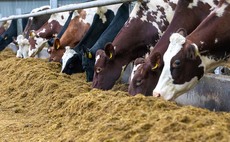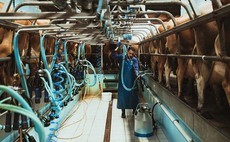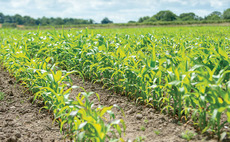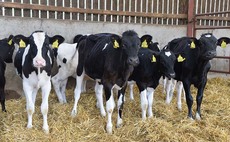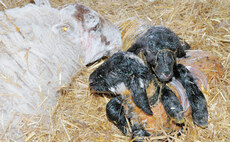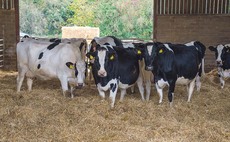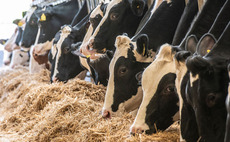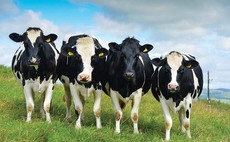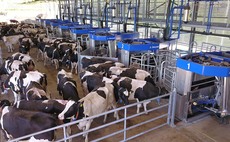Dairy Farmer
Livestock
Optimising cow condition through correct nutrition was the subject of a recent webinar hosted by trace element specialist Agrimin.
Livestock
For John Kerr changes made to improve the carbon footprint of his dairy farming business have achieved their initial goal, and also led to greater efficiencies. Lynsey Clark reports.
Dairy
Tight milk supplies in the UK and across the world have supported milk prices, but can this last? Cedric Porter reports.
Livestock
Increasing the amount of maize grown could be one tactic to help mitigate some of the price pressures facing dairy farmers and get the best return from fertiliser on grass. Dairy Farmer reports.
Livestock
Dairy producers have already made great strides in reducing methane, but with a pledge to reduce emissions of the gas by 30% in the next eight years, the race is on to find more reductions. Cedric Porter reports.
Livestock
Ceva Animal Health, the manufacturers of Spectam Scour Halt, has announced the delisting of the oral solution 50mg/ml, raising questions for the 2022 lambing season.
Livestock
Dairy farmers are being encouraged to include trace element supplementation during drying off to support the transition period.
Livestock
Mounting legislative requirements to reduce nitrogen (N) and ammonia output from dairy farms coupled with price volatility around soya and other protein sources in dairy cow diets means alternatives are now being seriously.
Livestock
Bringing cattle in for housing can often coincide with vaccinations being administered, but it is important to ensure these vaccinations are correctly timed. Angela Calvert reports.
Livestock
Designer and manufacturer of milking equipment, DeLaval, has launched a new concept around automatic milking. Hannah Park reports.

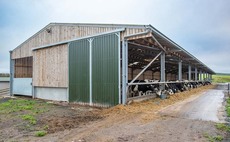
 02 February 2022
•
4 min read
02 February 2022
•
4 min read
